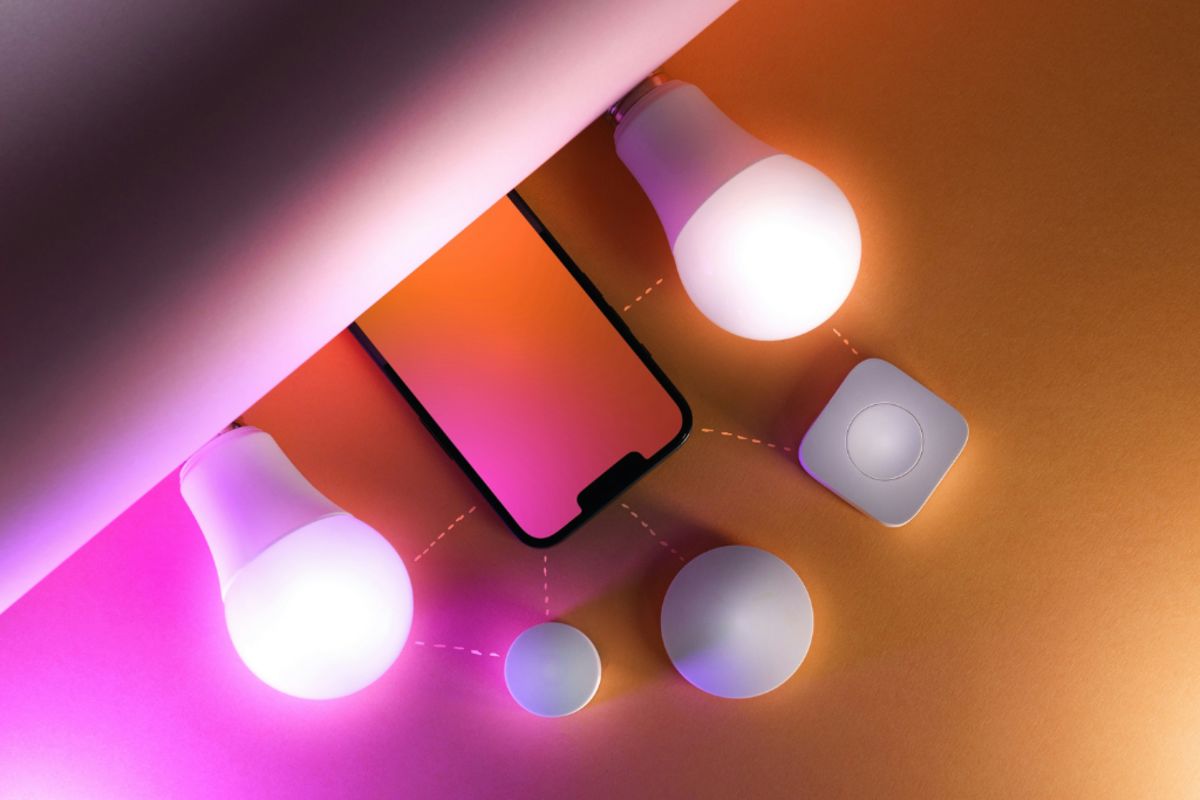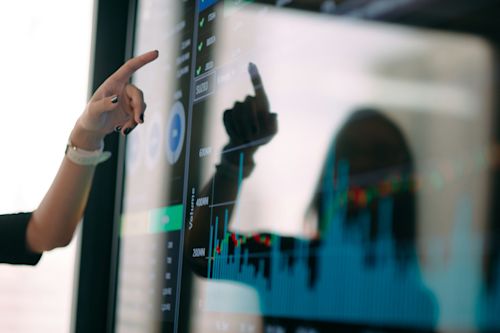Technology for "Flex Living": How Smart Solutions Boost a New Rental Model

The real estate sector is often seen as a rigid industry that evolves at a glacial pace—but nothing could be further from the truth. In fact, it's rapidly becoming one of the most agile and dynamic sectors on the scene today.
A clear example is the rise of flex living—a housing model designed to meet the evolving demands of modern life. It’s particularly well-suited for professionals with high mobility, digital nomads, students, or retirees seeking flexible leases, personalized services, and maximum convenience.
Flex living is also driving innovation and sustainability within cities. This emerging model is tightly connected to smart technologies and energy efficiency—features increasingly demanded by residents and shaping the future of urban development.
To enhance comfort and safety in these new forms of housing, technology is delivering cutting-edge solutions that elevate the tenant experience.
A Perfect Setting for Home Automation

Home automation and the smart home concept make it easier to save energy and improve security through innovative functions. From raising the blinds without getting out of bed to adjusting the temperature or starting the coffee maker, a multitude of daily tasks can now be carried out effortlessly.
At the heart of it all is the Wi-Fi network, which acts as the central hub—connecting apps, appliances, gadgets, and even furniture. Devices within these systems are equipped with sensors that collect information and communicate with users via apps.
This is the Internet of Things (IoT): a network of devices capable of storing real-time data and transmitting it to servers and other connected devices. Smart refrigerators, wearables, and thermostats work in unison to detect, for example, whether someone is at home, and adjust activity and energy consumption accordingly.
Cutting Down Energy Usage

The adoption of such digital solutions in buildings could reduce total energy usage by up to 10%, according to a study by the International Energy Agency—equivalent to a potential global energy reduction of 3% to 5%.
Even more specific data comes from a study by Spain’s Institute for Energy Diversification and Saving (IDAE), which quantifies the potential savings of a smart home compared to one with traditional systems:
Lighting: up to 80%
Air conditioning: up to 25%
Small appliances: up to 20%
Heating: up to 17%
Hot water: up to 11%
When it comes to heating, aerothermal systems reduce both utility bills and environmental impact. These systems provide heating, cooling, and hot water by extracting energy from the air and amplifying it with electricity. The only electrical usage is for the compressor motor, which for every kWh consumed can generate between 3 and 5 kWh of heat energy. They are also fully compatible with photovoltaic installations and require minimal maintenance.
Smart thermostats and valves allow users to manage climate control via smartphones or artificial intelligence.
Intelligent lighting systems, meanwhile, can be programmed to turn lights on and off through an app, activate automatically with motion detection, or adjust ambiance and color to suit our mood or activity.
Digital assistants take care of leisure, communication, and entertainment. They can play music in the living room or search for a favorite series across streaming platforms. Through voice commands, they can also control lighting and heating—adjusting brightness and temperature based on our preferences. At the same time, they support video calling with friends, family, or even building staff, maintenance services, or a personal trainer booked for the gym.
Access Solutions to Homes and Common Areas

In buildings with high occupancy and frequent movement, it’s essential to implement intelligent access solutions for both private residences and shared spaces. These systems not only support organization and control but also address health concerns and improve user experience.
In this context—and especially following events like the COVID-19 pandemic—more buildings are integrating technologies that minimize contact, enhance airflow, and manage foot traffic more efficiently.
In flex living environments, contactless systems are key. A thoughtfully designed access ecosystem prioritizes peace of mind and a sense of security. Frictionless access solutions are ideal: contactless doors, locks, corridors, and elevators streamline entry. The ability to enter a room without touching anything—hands in pockets—saves time and enhances safety.
Corridors equipped with sensors help monitor entry points and passageways, while advanced access control systems using RFID cards or mobile apps assign customized permissions for each user. Digital and keyless systems—cloud-based or app-driven—allow for secure, smartphone-enabled entry.
For shared spaces, touchless exit buttons let visitors leave by simply waving a hand in front of a sensor. This setup works well in restrooms, meeting rooms, or parking areas.
A Balanced Mix of Physical and Digital

On the security front, systems that blend physical infrastructure with digital intelligence are increasingly common. Alarm systems equipped with AI can distinguish between a bird, an insect, or a real intruder. Connected cameras continuously monitor the premises and send real-time alerts to mobile phones, enabling prompt response from security or emergency services.
Cybersecurity is also essential. In a cloud-based ecosystem, protecting user data and identity is critical. Data must be secured to avoid exposure to cyber threats, while identity management ensures that only authorized individuals can unlock doors or access shared facilities.
From paying rent and signing contracts to registering utilities and scheduling maintenance, technology should streamline traditionally tedious tasks. Cloud platforms and purpose-built software must accommodate the needs of each building and resident. A secure payment and reservation system—certified and bank-connected—should be standard to guarantee safe transactions.
Finally, assistive technologies are becoming increasingly important in senior living communities. These buildings require direct digital connections to medical, emergency, and physiotherapy services—often facilitated through voice-activated digital assistants.



